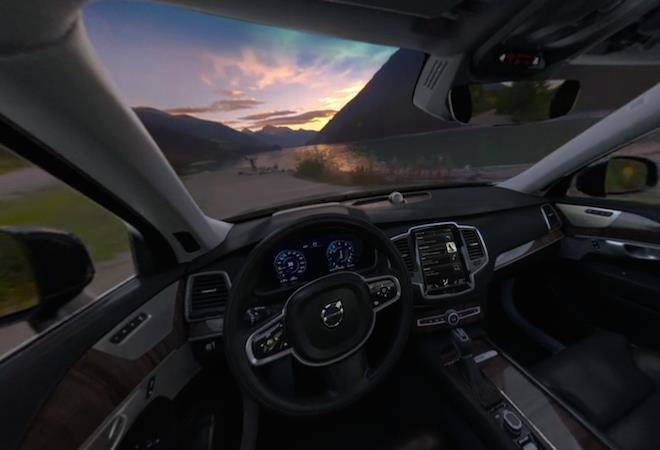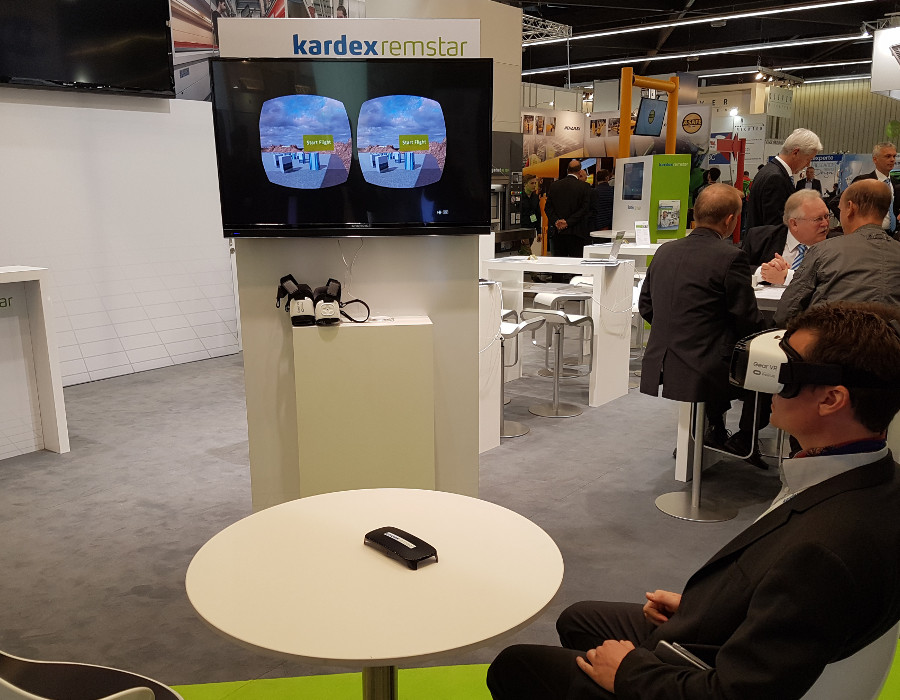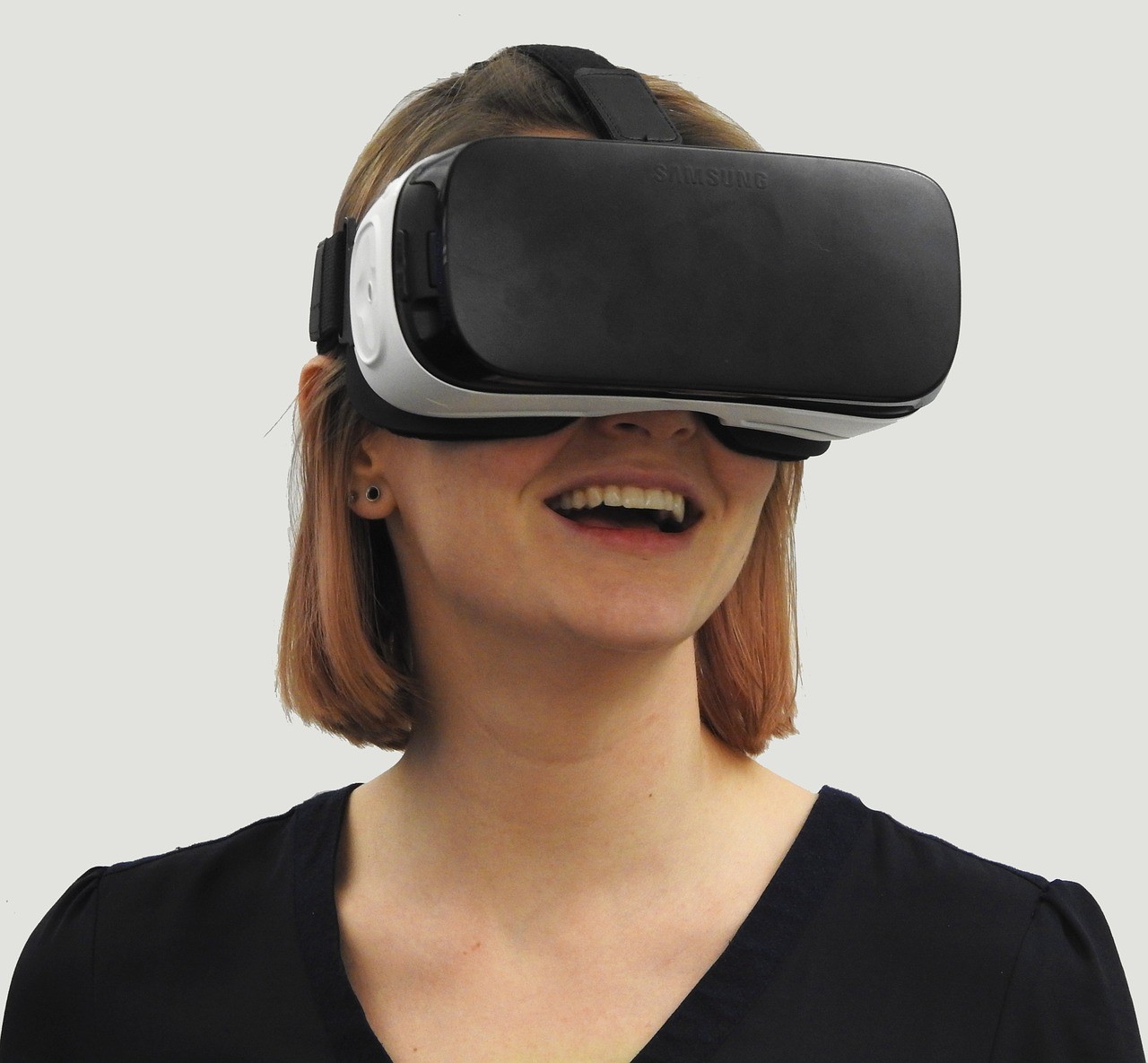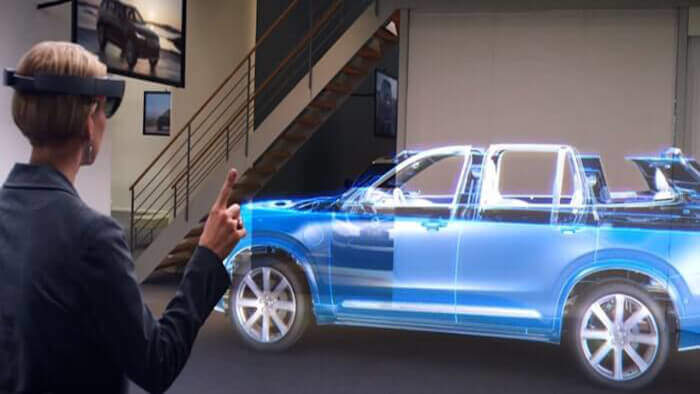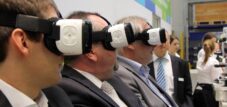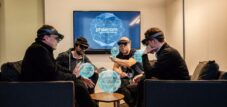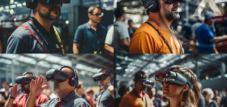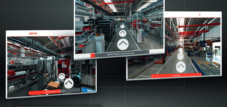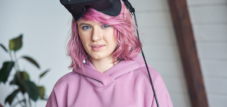Virtual reality in e-commerce
Language selection 📢
Published on: January 16, 2017 / update from: October 27, 2021 - Author: Konrad Wolfenstein
Potential for online shopping
No matter whether in gaming, entertainment or marketing: since 2016, virtual reality has found its way into a wide variety of areas of digital and real life. With all the growing popularity of the medium, more and more companies are now asking themselves what role virtual reality technology will play in online business in general and in e-commerce in particular in the near future
will play. Virtual reality is currently being used as a marketing tool by many companies. The use of VR devices at trade fairs a good way to bring visitors closer to the exhibitor's presented product.
In comparison, there is still a bit of a problem with implementation in pure e-commerce. This is partly due to the fact that many areas (technology, books, white goods) are less suitable for the new technology - although perhaps just THE bright idea for presenting such items is missing. The use of virtual reality components becomes much more exciting and promising when it comes to products or services that are connected to entertainment, fashion, lifestyle or travel. The question of whether VR is a short-term hype that quickly evaporates or whether the technology will permanently change consumers' shopping behavior promises to be exciting.
VR brings reality to online shopping
There is a lot to be said for the latter, because with the help of virtual technology, the online sale of goods is getting closer to its counterpart in real stores. The technology has already arrived there. , Microsoft's HoloLens has enabled virtual reality shopping in the Saturn . There, Microsoft opened its largest sales area to date, where the goods can be experienced with the help of the HoloLens by showing customers images, videos and additional information such as accessories or special features about the Xbox and Co. .
There is also a lot going on in this direction when it comes to buying furniture. The US furniture chain Lowe's, for example, offers visitors an interactive shopping experience with the augmented reality headset from HoloLens, allowing them to virtually design their dream kitchen on site.
In e-commerce, virtual reality offers the opportunity to at least partially compensate for a disadvantage compared to stationary retail: the distance between the online customer and the product. Virtual reality can reduce this and offer consumers a quasi-real shopping experience. This is also the reason why some of the large online retailers are already experimenting with the technology or are already using it.
The potential customer rewards such efforts. a survey by the Ipsos , over fifty percent of Germans are interested in virtual reality solutions in the shopping sector.
Brands like North Face by sending their customers on a virtual journey with VR image films. But that's not enough, because especially in the fashion sector, many customers feel the need to be able to try on the goods or at least take a closer look at them. This is difficult to achieve with product photos, no matter how detailed they are. Virtual reality can help here. There are already virtual dressing rooms that are intended to enable users to test items better online. Companies like Otto , Zalando and Adidas are already experimenting with the system, in which customers can try on items of clothing with VR help and then view them in a 360-degree view. Ideally, the item that has been examined so intensively is purchased immediately, so that the retailer only has to retrieve it from the automated warehouse and ship it to the customer.
Online application in virtual shops
Providers who try out virtual stores go one step further: In them, the user navigates through the online shop using VR glasses, just as they would through a stationary store. Compared to conventional online shops, this route offers many more opportunities for cross-sells and up-sells, as the items can be presented next to each other much more clearly. The sorting is carried out by algorithms that predict the customer's demand based on the customer journey and previous purchases and thereby present the individual user with the items with the highest sales chance next to each other.
The industry leader has also recognized the potential of VR for e-commerce, as according to similar rumors, Amazon to build a virtual reality platform .
Ebay with VR in Australia
Competitor Ebay is already there. a virtual department store in cooperation with the department store chain Myer In contrast to the expensive Hololens solution, users only need a VR holder for your smartphone with which you can immerse yourself in the virtual experience or buy directly. Various possibilities are considered as a bracket: either a “real VR glasses” such as Samsung Gear VR , or even simpler solutions such as Google Cardboard and others.
Thanks to an integrated “Sight Search” technology, customers can fix the products on eBay with their eyes, select, inspect, or put them directly in the shopping cart. The shop comprises more than 12,500 items, whereby the 100 best-selling products of a category are even displayed in a 3D form. With the help of various personalization features, it is intended to ensure that the personal taste of every customer is optimal, which makes an individual adjustment of the range possible with every virtual visit. So far, the offer has only been limited to Australia.
Combination of VR and interaction in the online shop
The Japanese online retailer Kabuki is expected to expand its shop to include a virtual reality area from mid-2017, which will also include voice chat. With the help of an app, users can shop the offer while wearing the VR headset and exchange ideas with friends using the chat function. Just like in a brick-and-mortar store, customers should be able to consult with each other before making a purchase and add any additional items to their selection. This social interaction feature is ultimately intended to make it easier for customers to decide on a product.
The sportswear provider Moosejaw wants to promote interaction with its app by allowing customers to experience virtual outdoor activities, climb through a national park or explore running routes VR app On this course there are always products to discover or quiz questions to answer and win something. Through communication, the company hopes to intensify customer relationships. Of course, the items can be purchased directly in the app.
Car sales 5.0
Why go to a car dealership when I can realistically experience all the models in all imaginable colors and equipment variants from home using VR glasses and configure the model I want straight away? Volvo already offers an app in this direction that customers can use to go on a virtual tour of discovery. The American start-up Vroom is going in the same direction and will in future sell used cars via virtual showrooms - including a three-dimensional display of all vehicles and the option of virtual test driving. Instead of endlessly checking out viewing appointments, potential buyers can test drive up to five different cars within ten minutes from the comfort of their own home.
Conclusion
The use of virtual reality can be quite profitable for online retailers. Not only since Microsoft's HoloLens has the topic become more and more interesting for the e-commerce sector. However, given the high purchase price of over 5,000 euros, demand for this product is likely to be limited. But as cheaper solutions become more widespread, usage can be expected to increase rapidly.
Of course, the technology must make sense with regard to the products offered (for example from the fashion or lifestyle segment). The targeted target group should also be reachable via this channel. However, if both are present, VR will transform online shopping into a completely new experience for users. In return, online retailers will be able to increase their conversion rate because the realistic experience will minimize an important reason for previous abandoned purchases (and later returns).



